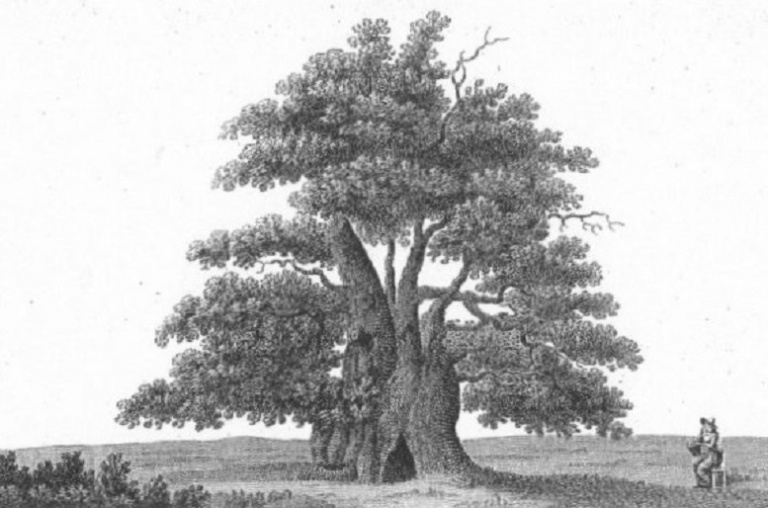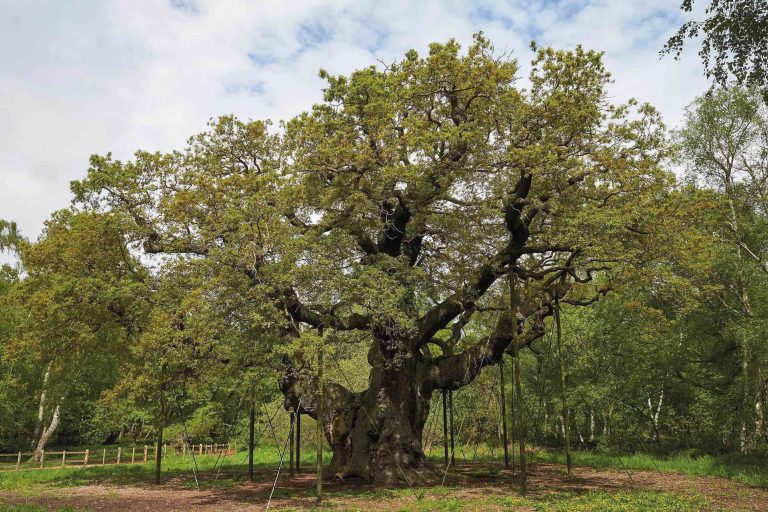The man who ‘made’ the Major Oak
Hayman Rooke is a name which deserves to be very well known in Nottinghamshire and, indeed, around the world, writes Richard Townsley.
In fact, he is hardly known at all for his name, but is for his rank.
Rooke was born on 20 February 1723 and baptised at St Martin-in-the-Fields in Westminster. After an uneventful military career, he retired from the army, having risen to the rank of Major, and came to live in Mansfield Woodhouse just a few miles from Sherwood Forest.
In his retirement, he reinvented himself as an antiquary and natural historian. It proved to be something of a smart career move.
Today, he is associated with the discovery of Roman relics around the area and was something of a pioneer archaeologist here in Nottinghamshire.
His name also became etched in the history of Sherwood Forest.
Rooke enjoyed long walks, especially through Sherwood. The woodland was a great love of his and he studied many of its larger trees, particularly in Welbeck Park.
He proceeded to write a “Description or Sketches of remarkable Oakes in Welbeck Park” in 1790. followed by the publication of a pamphlet nine years later entitled “A sketch of the ancient and present state of Sherwood Forest”.
Such was the impact of his writing about the forest, that its most prominent tree has borne his military rank for decades. It should arguably be the Major’s Oak but has settled as the Major Oak.
Writing in 1790, this is what Major Rooke had to say about it:
“I think no one can behold this majestic ruin without pronouncing it to be of very from it antiquity, and might venture to say, that it cannot be much less than a thousand years old.”
One of Rooke’s own illustration of an ‘ancient oak in Birkland Wood’ is pictured below (left) next to the Major Oak today (right – photographed by Colin Wilkinson).


This ancient oak, which we estimate today to be approximately 1,100 years old, is now the most famous tree in Britain and world-renowned, its reputation bolstered by its association with the legend of Robin Hood.
Rooke died in 1806 and is buried in the Church of St Edmund, in Mansfield Woodhouse.
But his name, or at least his title of ‘Major’, will live on for centuries to come whenever we talk of Robin Hood, Sherwood Forest and the huge old oak which thousands of people come to see each year.
The work Hayman Rooke did to record and promote the ancient oaks in Sherwood still help to preserve and protect them for us to enjoy and our children to cherish in their turn.
We owe him a debt of gratitude and at least for one day, the 300th anniversary of his birth, 20th February, let us all call it The Major’s Oak.